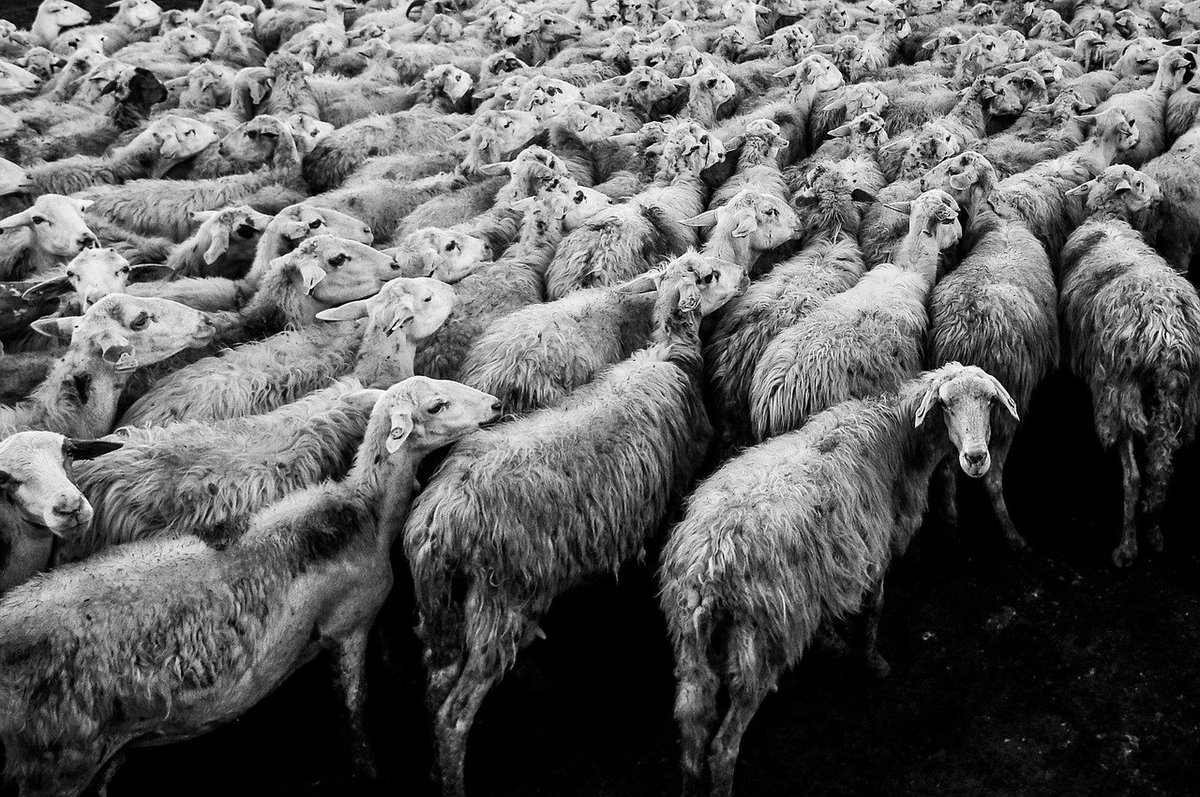Wool trader weighs in on industry’s future
Rowan Schindler
13 July 2020, 9:35 PM
 An expert wool trader has weighed in on the future of the wool industry during the economic hit of COVID-19.
An expert wool trader has weighed in on the future of the wool industry during the economic hit of COVID-19. The wool industry has taken a drastic hit as a result of the economic downturn caused by the global COVID-19 pandemic, one wool expert put the crisis down as a part of a bigger struggle.
PGG Wrightson Wool South Island Auction Manager Dave Burridge said it has been a very busy period for wool brokers, having to cope with a backlog of wool from the lock down period.
“While the very high quality NZ grown merino wool receives the most media and attention in New Zealand because of its value and status, it only represents approximately 7% of the total NZ production.
“It is the strong wool – 33 microns and stronger (crossbred) sector dominating 85% of NZ production that is in real peril (8% of NZ production is mid-micron).
“The strong wool of NZ has actually been in real difficulty the last 4 years but made even worse post COVID-19 with international demand being limited mainly only to China as other traditional markets still in essence in lockdown mode.”

PPG Wrightson’s Dave Burridge has over 40 years experience in the wool industry.
Dave said it’s important to understand the significant downturn of strong wool is not limited to New Zealand only, but also to other strong wool growing nations experiencing the same drop off in demand.
“NZ is seen as the “Go to” country in global terms for strong wool as we not only grow the most of it in commercial terms but also of the highest quality.
“Our wool is cleaner, whiter and is prepared to the best industry standards. Our wool has always commanded a premium over other nations' strong wools.
“The current price of our strong wools are the lowest by far than any time in our history and that is not even being inflation adjusted.”
Dave said he was not willing to point any fingers or proportion blame on any one factor as “this would be folly”.
“But it would be fair to mention that since the demise of the NZ wool board 20 years ago, our industry has become very fragmented with very little cohesion within the pipeline.
“While the growers voted out the wool board, there was basically nothing that replaced representing the growers best interests in the marketplace nor any further generic funding for research, marketing, branding or promotion nor any funds for industry good activity.
“Our industry operates as an unregulated business in a deregulated industry with no government involvement.
“Apart from two smaller grower owned wool businesses in NZ, in essence there are 11,000 wool growers in NZ that have become weak sellers and have very little influence in the international market space.”

PGG Wrightson’s Dave Burridge said that since the New Zealand Wool Board was disbanded, the industry has been struggling to represent itself as a unified entity and has become fragmented.
He said, while it may be a moot point whether in hindsight any difference would matter had the wool board had the mandate to continue, the fact remains synthetic fibres have continued to erode market share for wool backed by substantial marketing budgets.
“With the plight upon growers with returns now not even covering harvest costs, our once mighty and proud industry requires urgent attention,” Dave said.
“With that said, the Agriculture Minister Damien O’Connor released a much overdue report outlining not only Government support of the future for NZ wool but also a possible road map going forward (click here to see earlier article).
Dave said, in his role as a wool broker, it never ceases to amaze him that growers trust strong wool.
“Even though there is a fringe of wool growers contemplating changing sheep breeds that grow little or no wool, the vast majority of growers and industry players still have faith and are committed strong wool will return as a fibre of choice in interior textiles and will have a sustainable future.
“The wool story is truly compelling and the message must simply be shouted from the room tops on how good this fibre that is made directly from nature.
“The beauty of the fibre (is that it) requires only sunlight, grass and water to grow and harvesting the wool from sheep sits very well with animal health and wellbeing.
“The tremendous quantifiable benefits of wool being sustainable, renewable, biodegradable along with strong ethical production credentials.
“I could go further but the last comment I would like to make is that while I have been in the wool trade for nearly 40 years, and despite the saddening returns for wool growers, I feel more excited about the desire and future for all those within wool supply chain provided the right levels of investment and combined leadership.”

